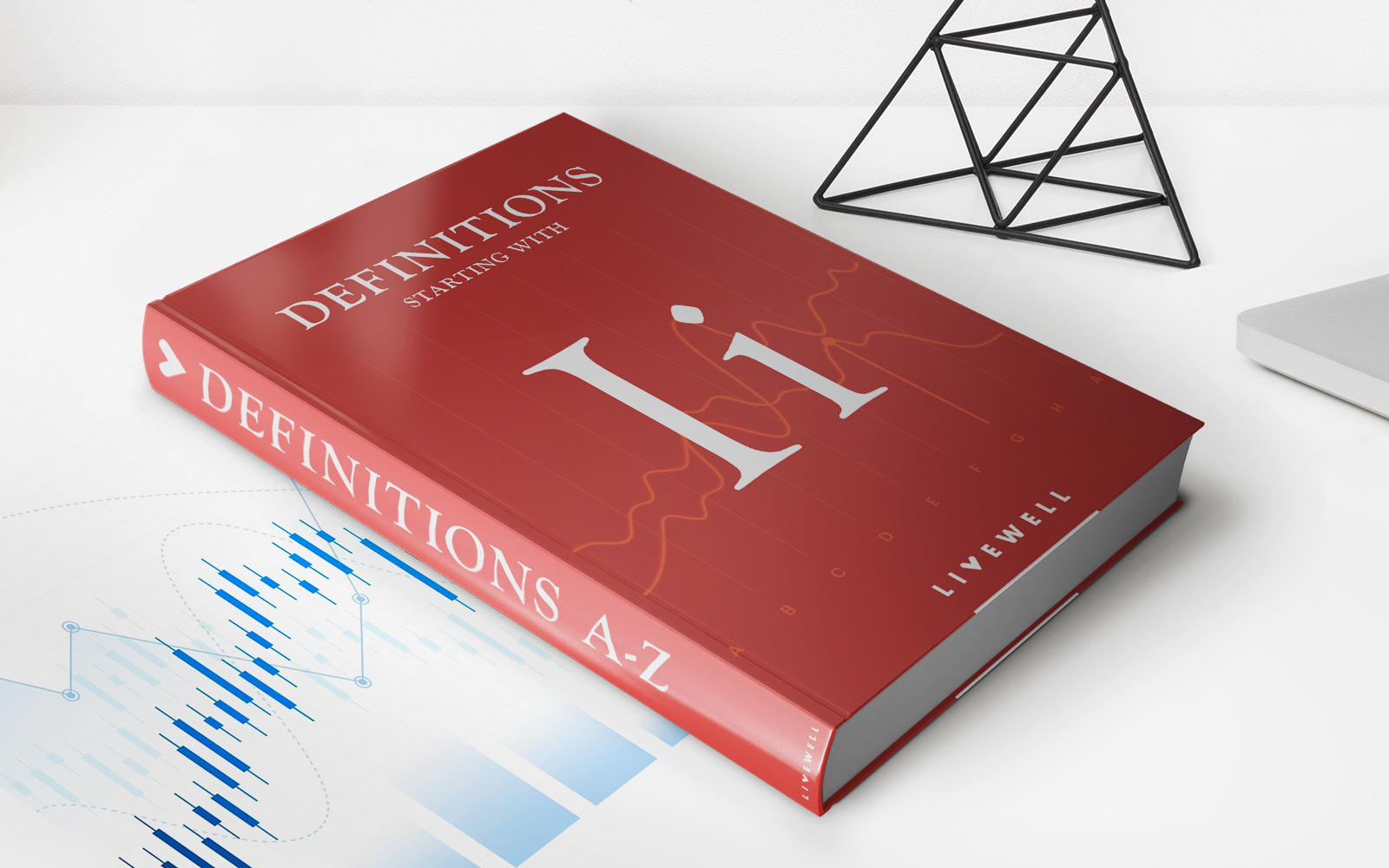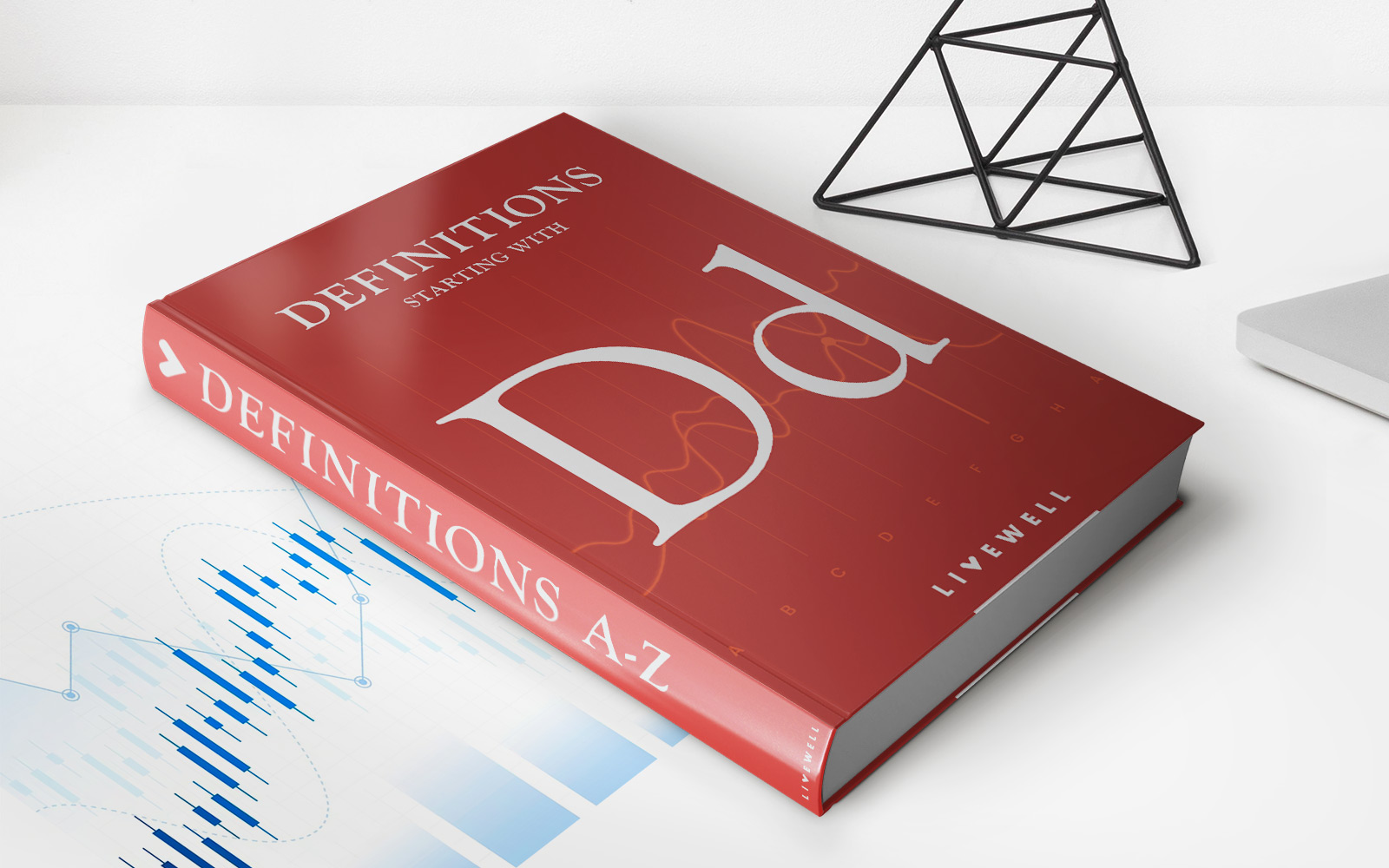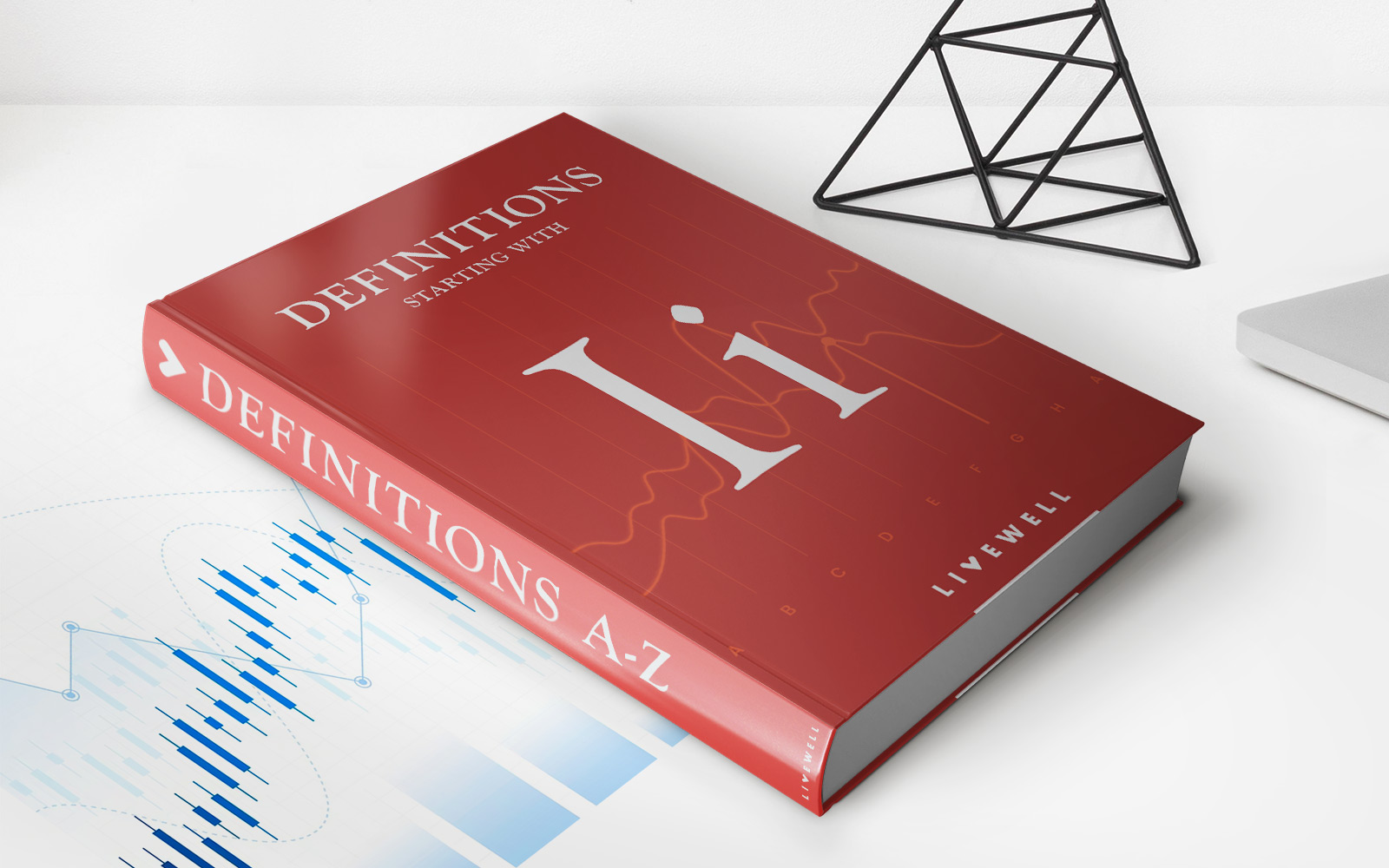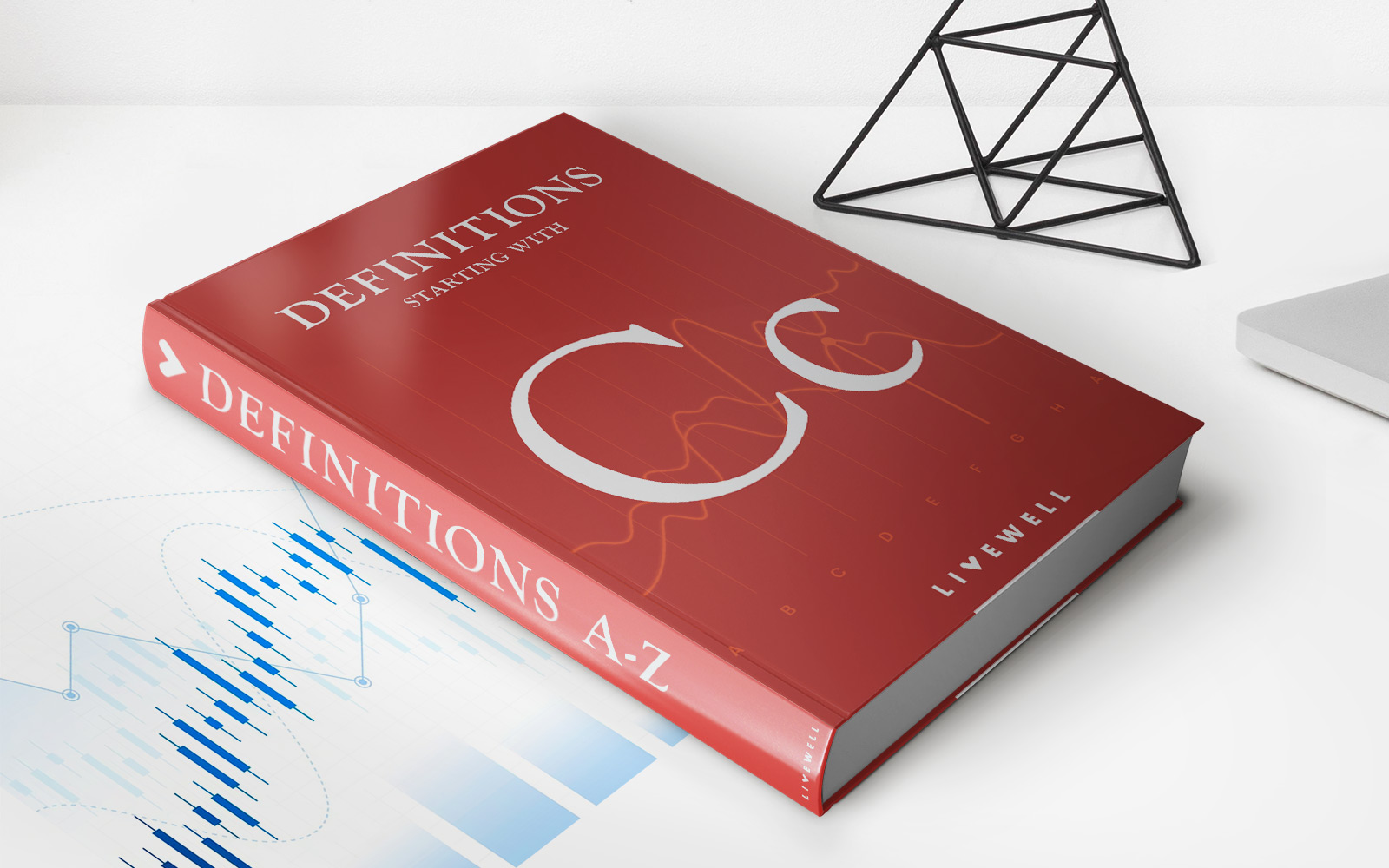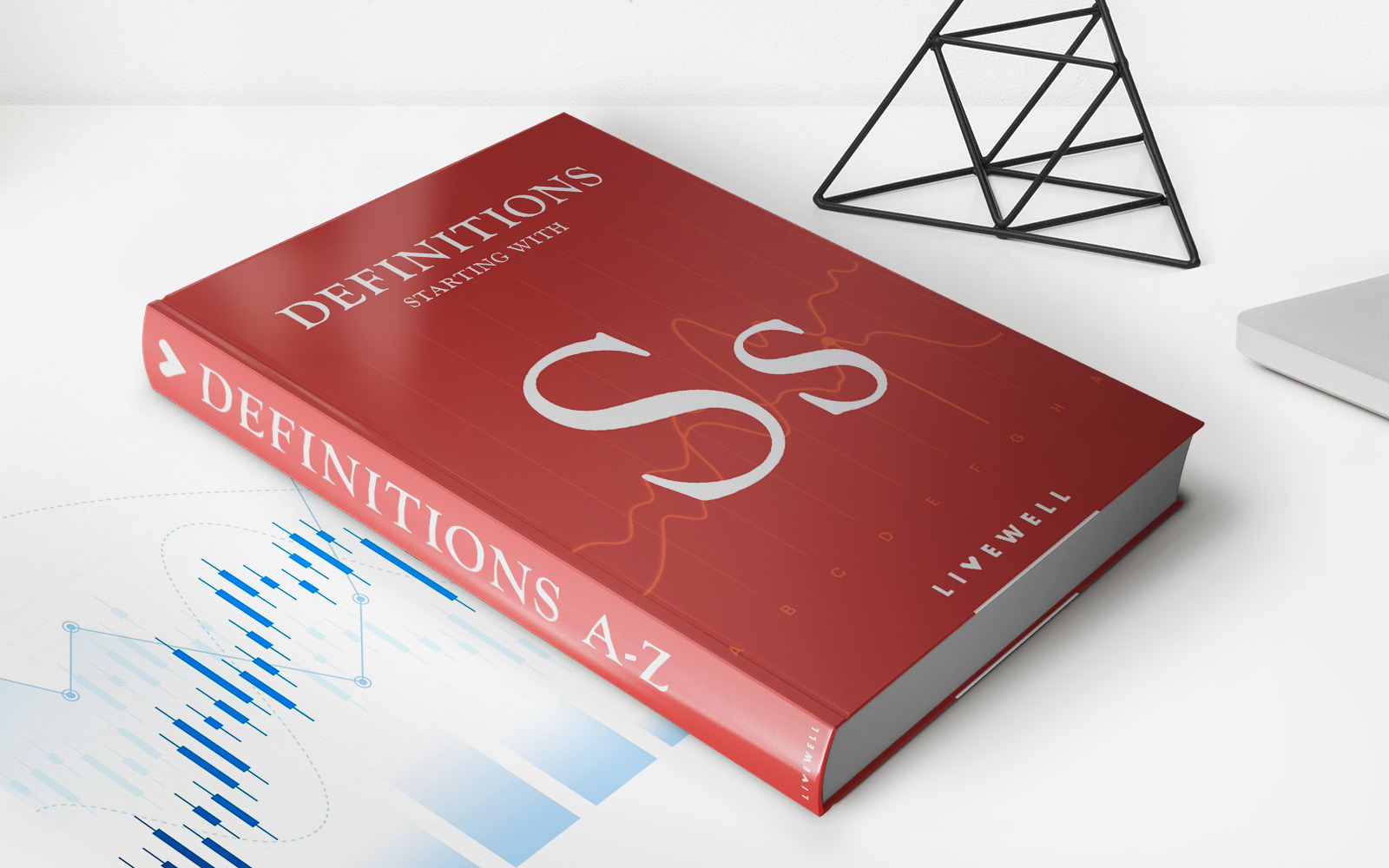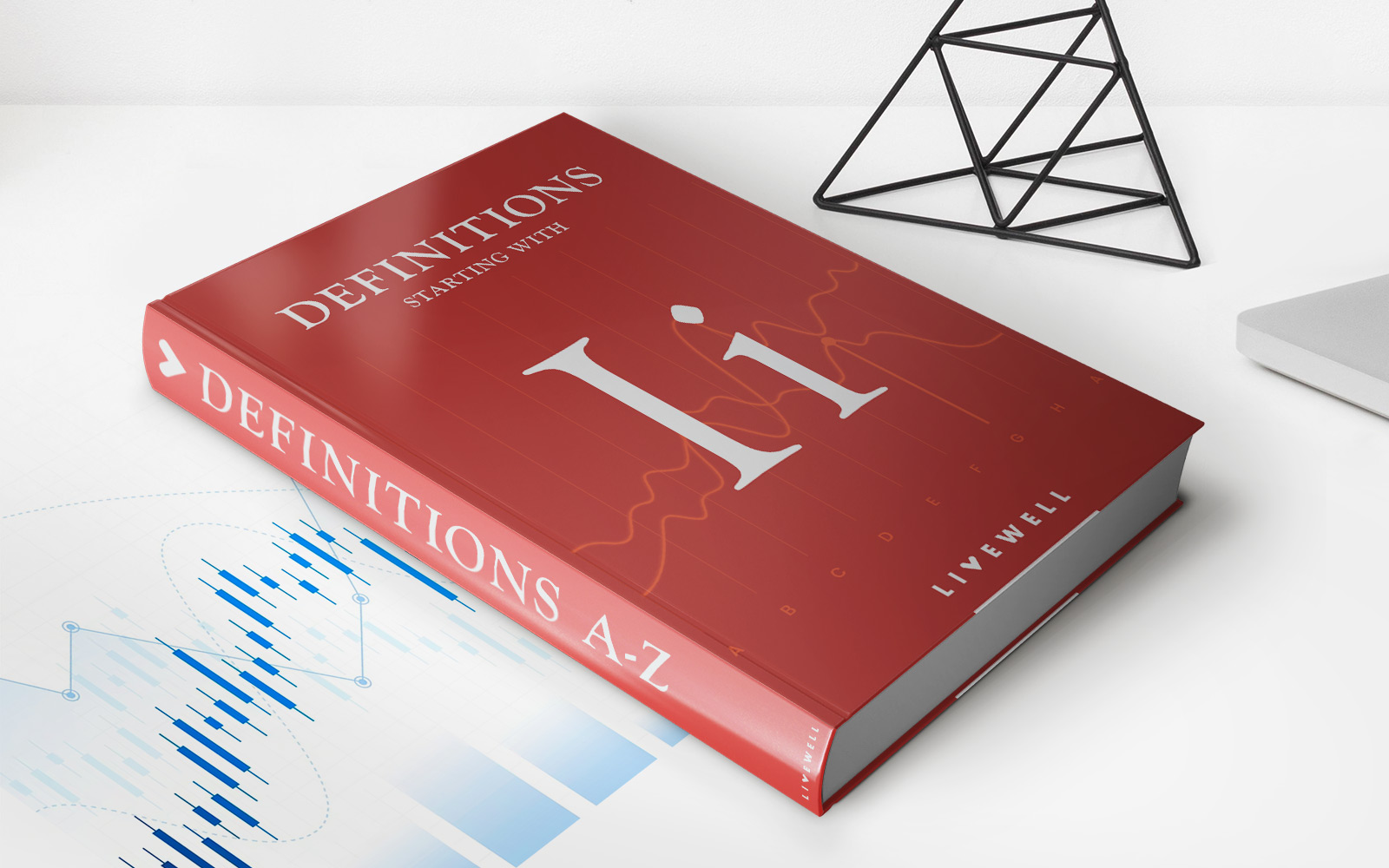Home>Finance>Interest Rate Gap: Definition, What It Measures, And Calculation
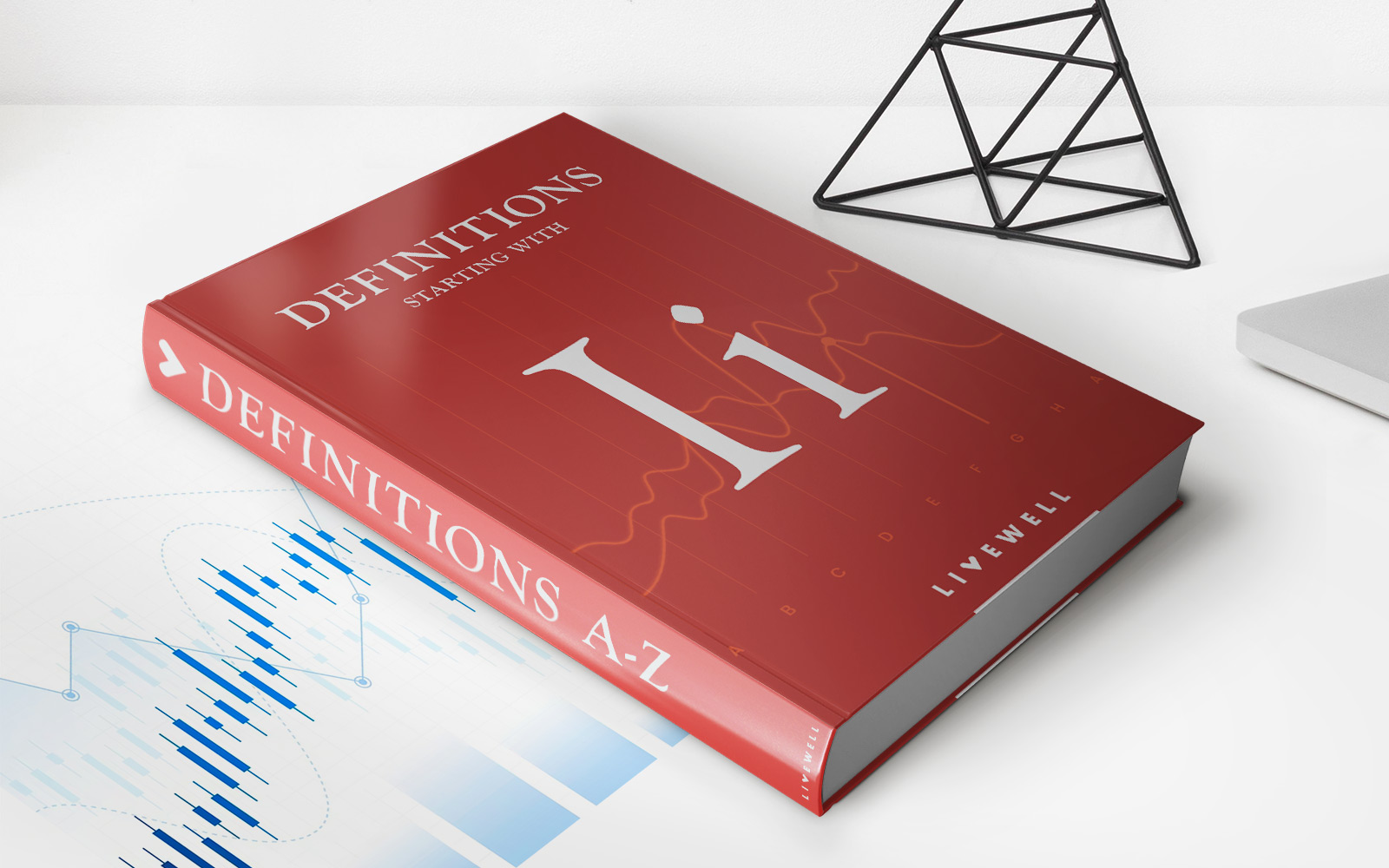

Finance
Interest Rate Gap: Definition, What It Measures, And Calculation
Published: December 11, 2023
Learn the concept of interest rate gap in finance, including its definition, measurement, and calculation. Explore how it affects financial institutions' profitability and risk management.
(Many of the links in this article redirect to a specific reviewed product. Your purchase of these products through affiliate links helps to generate commission for LiveWell, at no extra cost. Learn more)
Interest Rate Gap: Definition, What It Measures, and Calculation
Welcome to our Finance category! In this blog post, we will delve into the fascinating world of interest rate gap – a critical concept in the realm of finance. If you’ve ever wondered what interest rate gap is, what it measures, and how it’s calculated, you’ve come to the right place. Let’s explore this topic together!
Key Takeaways:
- Interest rate gap measures the difference between a company’s interest-sensitive assets and liabilities.
- A positive interest rate gap indicates that a company’s assets generate more interest income than its liabilities incur in interest expenses, while a negative interest rate gap implies the opposite.
Now, let’s dive into the details. Interest rate gap, also known as the maturity gap or the funding gap, is a measure of an organization’s exposure to changes in interest rates. It quantifies the difference between the interest-sensitive assets and liabilities a company holds. By calculating the interest rate gap, companies can evaluate their sensitivity to interest rate fluctuations and make informed financial decisions.
So how is the interest rate gap calculated? The formula is relatively simple:
Interest Rate Gap = Interest-Sensitive Assets – Interest-Sensitive Liabilities
The interest-sensitive assets and liabilities include items such as loans, deposits, mortgages, and other debt instruments that are affected by fluctuations in interest rates.
Now, why is calculating the interest rate gap important? Here’s why:
- A positive interest rate gap suggests that a company’s interest income from its assets exceeds its interest expenses on its liabilities. This could indicate that the company is earning more from lending activities than it’s paying for borrowing, potentially leading to increased profitability.
- Conversely, a negative interest rate gap indicates that a company’s interest expenses are higher than its interest income. This implies that the company may face higher borrowing costs compared to the interest income it generates from its assets.
Understanding the interest rate gap helps companies evaluate their exposure to interest rate changes and develop strategies to manage that risk. By identifying potential gaps, companies can adjust their borrowing and lending practices, modify the duration of their assets and liabilities, or hedge against interest rate movements to mitigate potential losses.
In conclusion, interest rate gap is a vital concept for anyone involved in finance. It measures the difference between a company’s interest-sensitive assets and liabilities and helps gauge their exposure to interest rate fluctuations. By calculating the interest rate gap, companies can make informed financial decisions and manage their risk effectively. Understanding this concept can assist organizations in optimizing their profitability and navigating the complexities of a dynamic financial landscape.
We hope you found this blog post on interest rate gap insightful. Stay tuned for more informative articles on finance and related topics!
